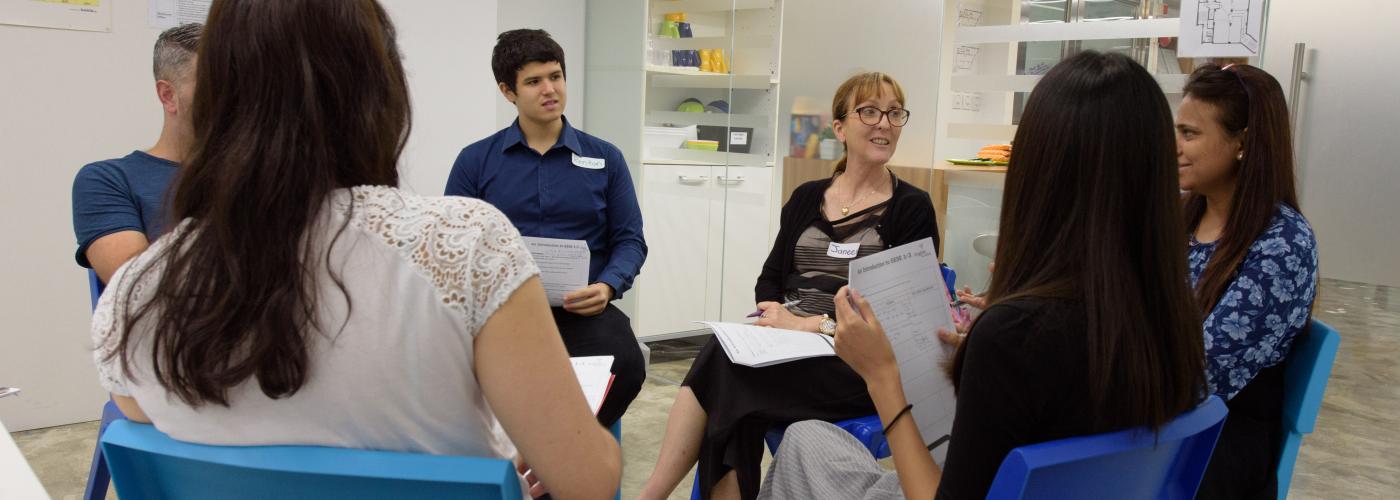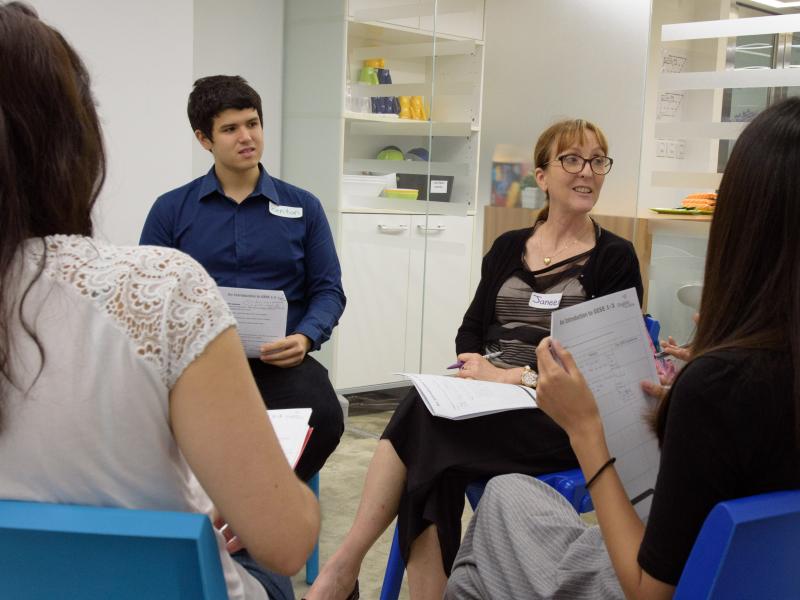16th June 2016
Off the back of a stimulating PD session at the English for Asia centre in Sheung Wan, we thought we would take a closer look at making the most of differentiation in language learning.
What is differentiation?
Differentiation is what happens when teachers try to respond to the individuals in their classrooms in order to enhance learning outcomes. This could be as simple as a teacher approaching a group of students and asking them a series of questions to encourage deeper thought, more accurate responses or greater interaction between members of the class.
Why differentiate?
To some extent, teachers differentiate on a minute-by-minute basis in their lessons without knowing it. However, there are times when deliberately varying your lesson plan, materials, interactions or tasks can benefit many, if not all, of the students in the class. By acknowledging that our students are individuals, who are interested in different things, who interpret tasks and information in many different ways (and at different speeds!), and by accepting that there may be many different ways to successfully complete a task, we allow all of the people in our classes to express themselves and engage with the content of our lessons.
Some ideas for differentiating your classes
Carol Ann Tomlinson describes four key domains that teachers can use to provide differentiated instruction: content, product, process and environment.
Content: In what ways can you vary the information (or access to information) that students need to learn?
Some examples of differentiating the content of your lesson might be:
- Using graded readers
- Providing information visually and aurally – i.e. providing audio copies of written texts or instructions
- Adapting vocabulary lists to different levels of ability
Process: What are the different types of activities your learners could complete in order to process the content of the lesson?
Some examples of differentiating the process of learning include:
- Varying the amount of support students receive on tasks (e.g. some students complete an open-ended writing template, while other complete a written task using sentence stems).
- Generating work-lists for students so that all students are working on tasks that are common for the whole class, while others are working on tasks specific to their interests and preferences
- Giving students different amounts of time to complete a task
Product: What are the projects that students will complete to demonstrate mastery of the content of your lessons?
Some examples of differentiating the product of learning include:
- Giving students options of final tasks (posters, puppet shows, personal written response)
- Allowing students to work in groups or individually
- Allowing students to create their own final project (which meet certain criteria or have specific features you establish beforehand).
Environment: How can you vary the way the classroom sounds, feels and looks in order to enhance learning for the largest number of students?
Some examples of differentiating the learning environment include:
- Using activity stations that require a mix of individual work and group work
- Setting classroom rules that help students identify when and how they can move on to silent reading or independent work (e.g. what students should do if they finish early?)
- Set expectation for students so they can get help when the teacher is busy (e.g. dictionaries, other students, example tasks/projects for them to look at).
- Set tasks and discussions that encourage learners to reflect on why some students need to do tasks differently.
Isn’t this just the same is incorporating learning styles?
Not really. Learning styles theory suggests that learning is more efficient when students receive information, or are given tasks that are matched to their own preferences – i.e. kinaesthetic learners learn best when they get to move around, auditory learners learn best when information is processed aurally/orally. The general consensus on learning style theory is that it is a myth of convenience – while somewhat appealing in its intuitiveness, there is minimal evidence that it is effective in enhancing learning outcomes.
However, while it’s probably safe to say that most teachers unintentionally provide some degree of differentiation in their lessons, a fully differentiated lesson will be planned and designed to promote a smooth-working and efficient classroom. Differentiation is about more than just changing the way in which your learners see and manipulate the content of your lesson. As you can see from the examples above, differentiating your lesson also involves giving the students choices about how they would like to proceed in a task (and this allows them to change their mind from lesson to lesson), it involves addressing classroom management and interactions to account for the different personalities in your classroom and it involved varying the expectations you place on the learners in terms of how you (and they) judge a successful outcome of each task you set them.



